Pisa: Visit the City like a Local
Introduction
Pisa’s iconic building is, of course, its Torre Pendente, or Leaning Tower, which continues to defy gravity and stands – but not straight – in the aptly named Campo dei Miracoli (Field of Miracles). This beautiful square, dotted with white buildings and surrounded by green lawns, is the city’s focal point and also contains a trio of symbolic sights: the Duomo (cathedral) stands for life; the Battistero (baptistery) represents its beginning; and the Camposanto (cemetery) its end.
The majority of visitors to Pisa stay only for the day and tend to remain in and around the Campo dei Miracoli. This is a wasted opportunity as the city has a great deal more to offer. Pisa’s rich culture is fed by its Etruscan and Roman past, which is evident in the many beautiful buildings especially the churches, which are packed with the most glorious art.
Indeed, a characteristic of Pisa is the elegance with which the past and the present come together: the medieval streets, the tower houses. the exuberant student population, the magnificent architecture, which dates back to the Romanesque period, the waterfront along the river Arno and the large immigrant community – all these and more combine to produce Pisa, a busy cosmopolitan city with a stunningly picturesque landscape.
This is an inspired and inspirational destination. As a renowned centre of learning that’s famous for its universities and research laboratories, Pisa stands put even in the intellectually eminent context of Italian cities.
RELATED LINKS:
• 3 Itineraries to Discover Pisa and Its Beauty
If you venture out through Pisa’s many doorways along the city walls, you’ll find nature reserves, interesting ancient ruins, delectably pretty villages and more.
While the city is undoubtedly an ideal portal to the delights of Tuscany, one of Italy’s most beautiful region, Pisa is a place that merits serious investigation in its own right.
TOURS FROM PISA
• Cinque Terre in Small Group One Day Trip from Pisa
• Tuscan Wine Tour: Wine Tasting Half Day Trip from Pisa
• Siena, San Gimignano & Chianti Wine Full Day Tour small group from Pisa
• Private Chianti and Supertuscan Wine tour in Tuscany
• Florence and Uffizi or Academy (David) Private Tour
• San Gimignano and Volterra Private Day Tour with Wine Tasting
Luminara & Regata di San Ranieri: the annual event most loved by citizens of Pisa

Of the multitude of wondrous sights on offer in Tuscany, quite the loveliest is that conjured each year on the evening of 16 June, when Pisa is lit by candles placed all along the river Arno.
These luminara, or illuminations, of St Ranieri, patron saint of Pisa, send their light through thousands of smooth whit glasses to create a shimmer that washes over the primarily white buildings of the city.
At the same time, the Leaning Tower is lit from top to bottom with oil lamps, which are also placed all along the city wall, making the Campo dei Miracoli truly live up to its name.
On the day following this ineffably exquisite light show, the people of Pisa traditionally celebrate St Ranieri with a regatta.
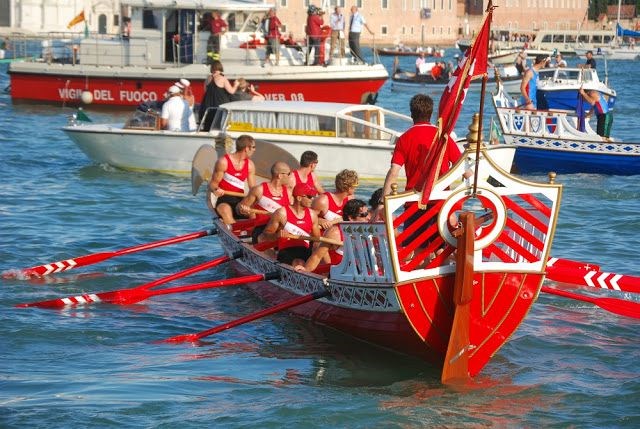
Four rowing teams representing Pisa’s districts of St Martino, St Antonio, St Maria and St Francesco conform to the local predilection for dressing in medieval costume and hurtle along the river Arno, whose banks throng with cheering locals.
The winning team is the one whose climber manages to board a boat that counts as the finishing line and climb to the top of its high mast, bringing down the victory banner.
The other teams are also awarded banners, while the last-placed have to comfort themselves with a rather surreal consolation price – geese.
This is a serious race, and the jostling as the four steersmen attempt to dominate the side of the Arno where the current is the more favourable frequently teeters on the edge of river rage.
Once the race is over, the waterfront is packed with people walking along the river browsing at market stalls and waiting for the fireworks at midnight.
Some take the opportunity to have dinner outside in candlelight. A special Mass is held at the cathedral, where the bones of St Ranieri are kept.
RELATED LINKS:
• 3 Itineraries to Discover Pisa and Its Beauty
Lifestyle
While Pisa is home to one of Italy’s most iconic monuments, the Pisans themselves go about their lives seemingly regardless of the tourist hordes that swarm like bees around the Leaning Tower and the Campo dei Miracoli.
There is much more to this city than the sum of its more celebrated parts, but 21st-century tourism tends to ignore its distinguished academic record, glittering seafaring past and tranquil, uncomplicated lifestyle.
That is not to say that tourism as a substantial source of income is not capitalised upon. In 2007, Pisa airport welcomed its first direct transatlantic flight.
Sundays tell you a lot about the Pisan lifestyle: the passeggiata (afternoon stroll) hasn’t gone out of fashion and the streets are filled with people, happily eating ice cream and chatting.
Always friendly and willing to help, the Pisan people are proud of their city and its heritage. the civic pride leads many of them to take part in the re-enactment of the Gioco del Ponte incident and the San Ranieri celebrations in June.
They are also fiercely proud of their Leaning Tower for its beauty and, it has to be said, celebrity status.
Pisa is a city whose inhabitants have always been open to outside influences. The great variety of architectural styles in monuments shows how much exposure to different people and other cultures the Pisans have had in the past, as they successfully adapted to a changing world.
Thus the local tend to be outward-looking, interested in other and inclusive.
The university campus fills the city with young people from all walks of life. In fact, the student population is bigger than the population of permanent residents, so there is a distinctly young and carefree vibe. Trendy pubs and bars line many squares, and the waterfront area is packed with fun-seekers at night.
TOURS FROM PISA
• Cinque Terre in Small Group One Day Trip from Pisa
• Tuscan Wine Tour: Wine Tasting Half Day Trip from Pisa
• Siena, San Gimignano & Chianti Wine Full Day Tour small group from Pisa
• Private Chianti and Supertuscan Wine tour in Tuscany
• Florence and Uffizi or Academy (David) Private Tour
• San Gimignano and Volterra Private Day Tour with Wine Tasting
Making the most of Pisa
Shopping
The historic centre is where the locals go to flash the cash and get drastic with the plastic. Pisa’s main shopping area is the pricey but elegant Borgo Stretto, where a vast selection of clothing, jewellery, cosmetics, craft shops, and bookshops line the streets. Incidentally, and perhaps slightly more niche, musicians and collectors will be interested in the instrument stores on this streets, which make violins, violas and cellos.

Corso Italia, which runs up to the Ponte di Mezzo, is another popular place to shop, especially if you’re looking for chain outlets or cheap Chinese clothes stores. If it’s second-hand and vintage clothing you seek, take a bus ride to the resort of Marina di Pisa.
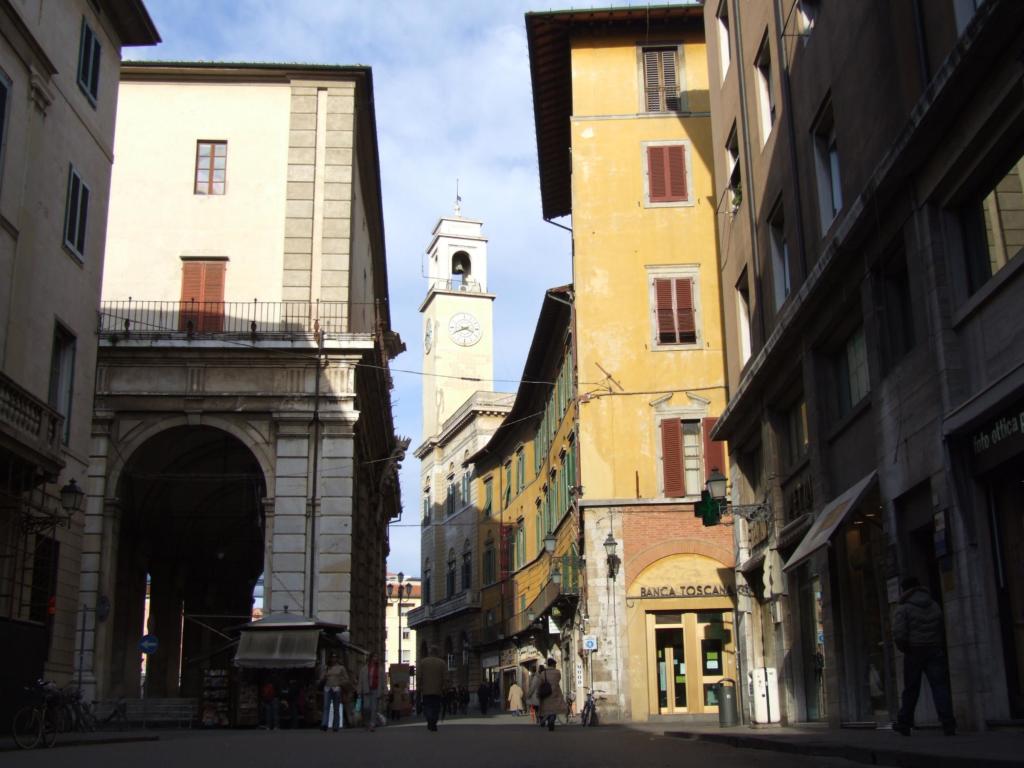
On the second weekend of every month, except during July and August, Pisa becomes a market town. Piazza dei Cavalieri sells everything from local produce to clothing (and also accommodates antique stalls every second Sunday of the month), while Piazza delle Vettovaglie sell fresh fruit and vegetables in its daily market.
Every Wednesday and Saturday, the San Martino district has a great clothing and fashion accessories market.
Large supermarkets and fashion and furnishings outlets are located outside the city wall. The nearest supermarket is INCOOP (Via Gello – 050 830 262), but the reason there aren’t many supermarkets dotted about is that Pisans like fresh produce bought daily and cooked the old-fashioned way.
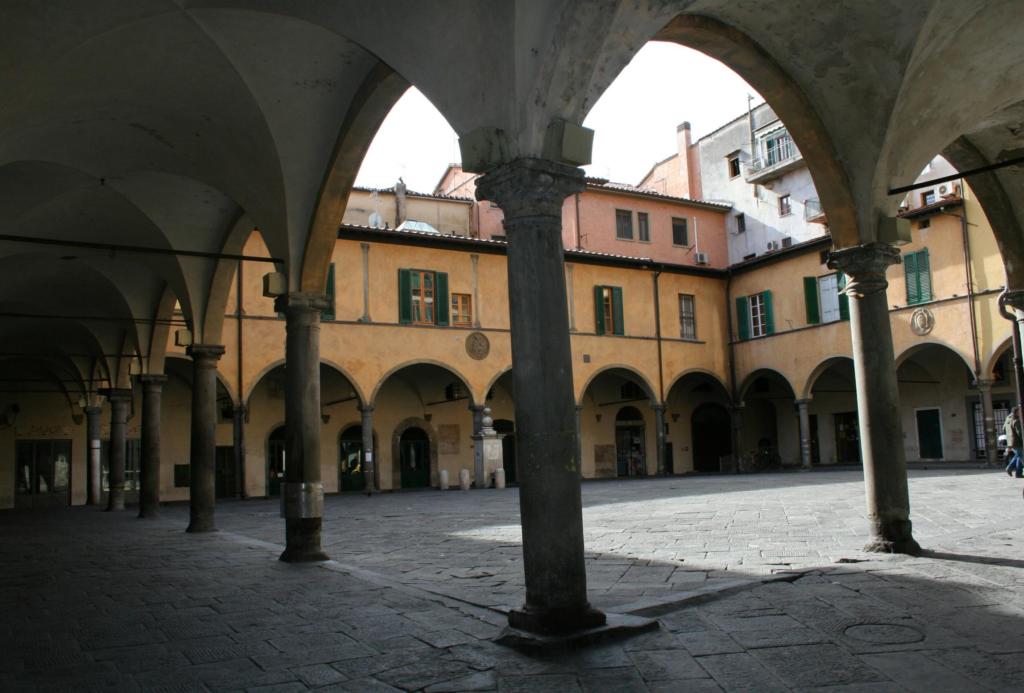
If you want a souvenir to take home that isn’t the ubiquitous tacky model of the Leaning Tower, look out for leather goods, alabaster objects, olive oil, wine ad fresh and dried pasta.
There are generally made locally. You will see many street traders selling bags and fake designer clothing, particularly in the Campo dei Miracoli, but don’t be tempted; it is illegal in Italy to buy from street traders and if the police see you doing so, you are liable to pay a fine.
Eating & Drinking
Pisa’s restaurateurs are proud of their food, which is simple and wholesome (this, according to local anecdote, is due to the historical Etruscan influence).
The only stress you’re likely to encounter on Pisa’s cuisine scene is an embarrassment of choice: there’s wide range of osterie, trattorie and restaurants. Osterie used to be inns where a traveller could stop to eat, drink and sleep.
Today, they are simply eateries decorated in a rustic style and offer a large serving of food and local wine at a good price. Trattorie tend to be casually furnished, less expensive and family-run, and are consequently ideal for anyone who wants to enjoy local food without spending too much.
Tuscany is famous for its veal, which comes from the Mucco Pisano calves the nearby rural areas of San Rossore, San Giuliano Terme, Pontasserchio and Migliarino Pisano.
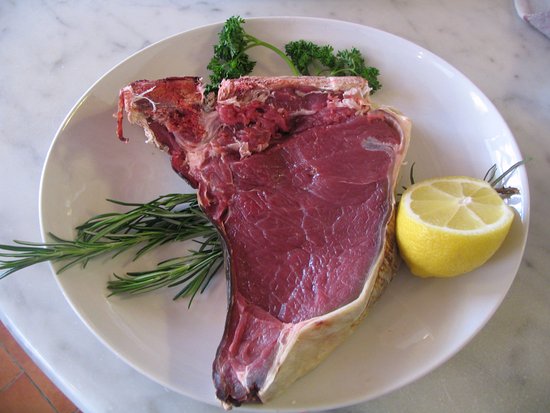
Only a small number of restaurants in Pisa are legally able to serve their delicious meat (which is generally referred to as mucco pisano on the menu), but do try it if the opportunity arises.
Roast mullet, stuffed mussels, squid with potatoes, eel with peas, frogs alla nonna (like grandmother makes) and stewed wild boar are other local specialities.
San Rossore is renowed for pecorino cheese, lamb, pine nuts and honey. Ceci (chickpeas) are used in many recipes, in particular cecina, a large savoury pancake made with chickpea flour and referred to as Oro di Pisa, ot ‘Pisa’s Gold’.
In the autumn, there are many exhibitions and food festivals around the hills of Monti Pisani, selling olive oil, mushrooms, chestnuts, vegetables and fresh pasta.
For a starter, or antipasto, try crostini – little bits of dried bread often served with a chicken liver spread. You could also have the cacciucco fish stew, or bordatino, a chickpea flour and cabbage recipe that looks like scrambled eggs and tastes delicious.
Locals like soup made with mussels, frogs or eels. Ribollita is another favourite, a stew concocted with beans, vegetables and leftover bread. Except a wide variety of main courses from all of Pisa’s natural resources: its river, the sea, the hills and the land. Sweets include Pisan chestnuts cake and pan ficato (fig cake).
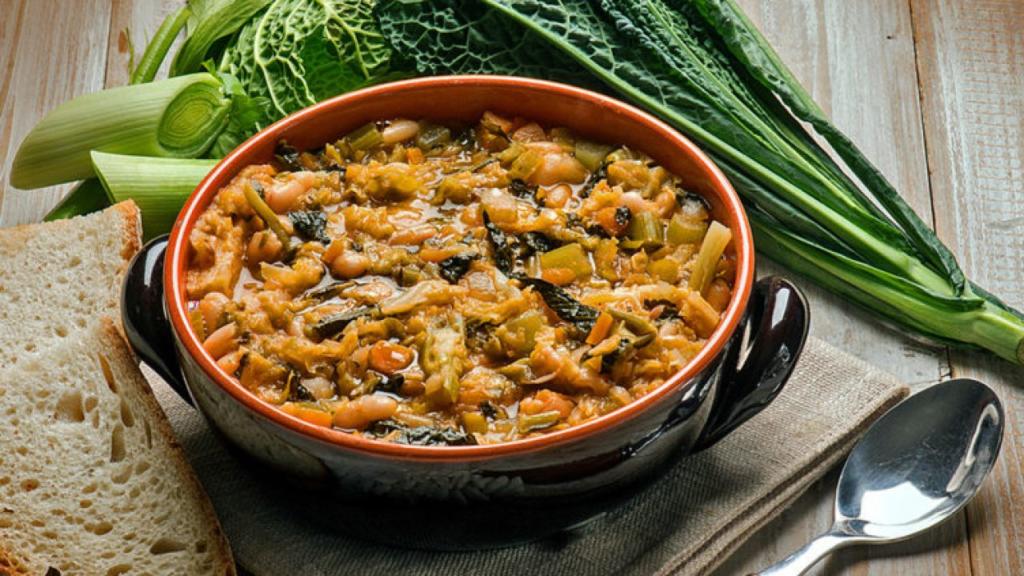
You’ll find interesting flavours of ice cream for sale in every gelateria. From the hills around Pisa, particularly Palaia and Lari, you can get delicious cherries in season.
White wine is produced locally, primarily from Trebbiano and Malvasia grapes, while red wines are produced using Trebbiano Toscano, Sangiovese and Malvasia del Chianti grapes.
Look for the word ‘DOC’ on the wine bottle, which stands for Denominazione d’Origine Controllata and guarantees that wine meets a local standard in terms of having been produced from certain grape types and soil.
Other wines from the region include Chianti Colline Pisane, Bianco Pisano di San Torpè and Montescudaio.
Italians and Pisans like to sit down and enjoy their food, so expect lunchtimes to be long. Many shops and businesses close for lunch and don’t open until at least two hours later.
Old traditions die hard in Pisa when it comes to food and drink
RELATED LINKS:
• 10 Typical Tuscan Dishes You Must Try
Entertainment & Nightlife
Pisa may not exactly be Las Vegas, but you can have a great time here. The city’s nightlife is generally animated by the large student population, and its geographical heart is the historic centre, which throbs with bars and restaurants that teem with academics, locals and tourists.
Tables spill on the streets and squares in summer and music bellows from the surrounding pubs and bars.
The Pisan nightlife scene is not characterised by a cool and exclusive lifestyle pose but by a warm and inclusive invitation to join in and have fun.
Friday night is when the students like to go out (Saturday night tend to be devoted to homework and studying), and a popular gathering point for locals is the historic Ponte di Mezzo, so if you swing by the bridge you should easily able to join a local group of fun lovers.
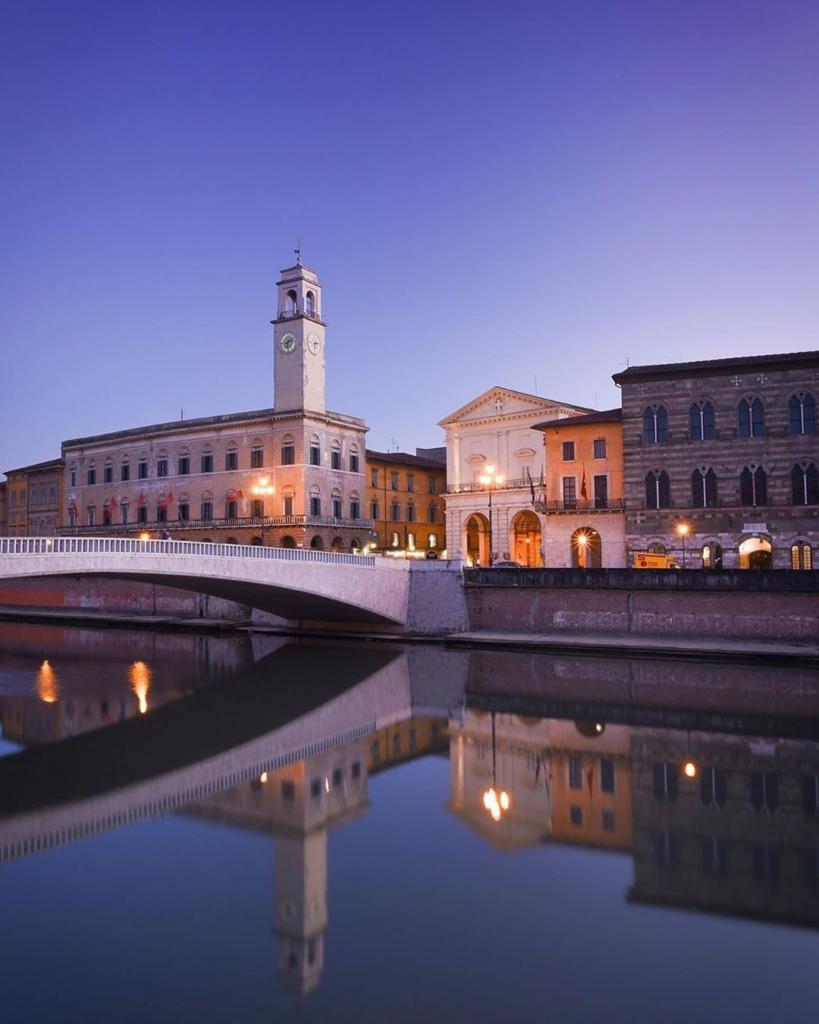
Clubs and discos can be found on Marina di Pisa, a cornucopia of beach-life entertainment possibilities that’s a short car or bus ride away from the city centre.
A couple of the clubs offer live music, including jazz nights: these aren’t easy to find as they tend to be down backstreets, so make friends with the locals. 🙂
Theatre-goers will be intrigued by two quite distinct dramatic outlets. Teatro Sant’Andrea (Via del Cuore) is a fabulous place to catch the work of young, up-and-coming writers and performers, while showbiz city central is undoubtedly Teatro Verdi (Via Palestro 40), where the fare ranges from heavy classics to lightweight froth.
Something for nothing
You don’t have to spend a lot of money to have a good time in Pisa.
Just walking around the Campo dei Miracoli is priceless, and you can admire the heights of human achievement without plumbing the depths of bankruptcy.
Within the city boundaries, there’s a lovely walk in the Giardino Scotto park on Lungarno Fibonacci, with a splendid view of the river from the wall of the Fortezza.
Entrance to the park of San Rossore is also free. Just a brief stroll to admire the grounds among the trees and flowers will send you into a pastoral reverie, and you may like to pack a picnic and even spend the day there.

Alternatively, take the bus to the Marina di Pisa and promenade along its glorious seafront.
It’s normally free to nose around the many churches in Pisa, which must be one of Europe’s most ecclesiastically rich cities, where medieval boats are hung on the walls in the corner and there’s a display of Pisan flags; Santa Chiara is impressive, as it holds a thorn that was reputedly from Christ’s crucifixion crown; Pisa’s other leaning tower is adjoined to Chiesa di San Nicola; and the white marble facade of the Santa Caterina is infinitely admirable.
If you’re interested in Galileo Galilei, visit the free Domus Galileiana (Via Santa Maria 26 – By appointmnent only), which has manuscripts, books, autographs and other documents on show that relate to his experiments and work.
TOURS FROM PISA
• Cinque Terre in Small Group One Day Trip from Pisa
• Tuscan Wine Tour: Wine Tasting Half Day Trip from Pisa
• Siena, San Gimignano & Chianti Wine Full Day Tour small group from Pisa
• Private Chianti and Supertuscan Wine tour in Tuscany
• Florence and Uffizi or Academy (David) Private Tour
• San Gimignano and Volterra Private Day Tour with Wine Tasting

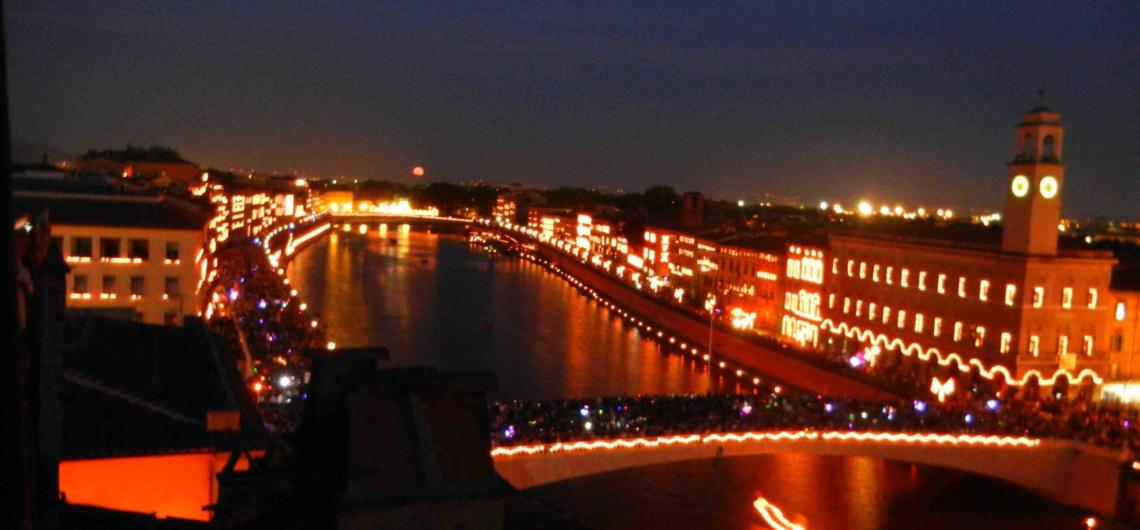
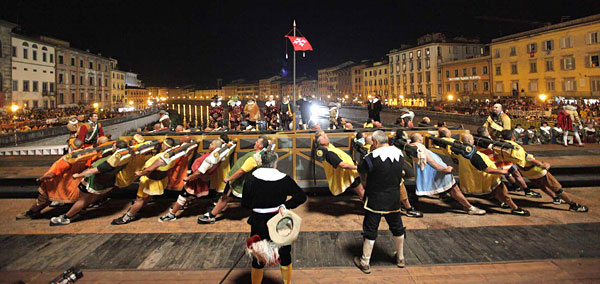
Comments